Cinchona is a genus of about 25 species of plants belonging to the family Rubiaceae. These are large evergreen shrubs or small trees that reach a height of 5-15 meters.
The tree is known in English-speaking countries as the "Peruvian bark." Its leaves are simple and are situated opposite one another. Shape of the leaves is elliptical or ovoid, reaching up to 50 cm They are bright green, leathery and glossy, similar to of coffee, but are larger. To the same family Rubiaceae are assigned gardenias and the world famous coffee tree.
The colors of the Cinchona tree are pink, with collected outer petals and strongly resemble those of lilac. Fruits of Cinchona are dry and are oblong, which release through bursting greyish brown, winged and wrinkled seeds.
Cinchona is located in the humid forests throughout the tropical countries of South America - Bolivia, Ecuador, Peru and Venezuela. It occurs mainly on the eastern slopes of the Andes, between 800 and 3200 m altitude. Cinchona tree grows singly on damp places among other trees. Because of its importance, it has to be cultivated artificially not only in South America but also in other continents where there are proper conditions - Indonesia, Africa and others.
History of cinchona
In the 17th century the wife of the Viceroy of Peru, Ana del Ching-Chong fell gravely ill. Indian healers successfully cure her completely with a decoction of the bark of an unknown local tree. Approximately one hundred years later, in honor of this particular woman, the plant was given the scientific name Cinchona.

Cinchona has saved millions of people from death due to fever and malaria, so it enjoys great respect in the world, but especially in the tropics. For centuries, the plant was used by Peruvians and Incas not only for malaria but also for the treatment of fever and digestive problems.
Composition of Cinchona
The composition of the miraculous tree includes tannins, glycosides, quinine acid, bitter alkaloids / quinidine and quinine / bitter triterpene glycosides. Alkaloids are about 15%.
Selection and storage of cinchona
For medical purposes, the white bark of young twigs and stems of the tree are used, and the thick bark of stems and crowns. vertical grooves are made, which are prolonged to 50 cm and a horizontal notches 10 cm, followed by chipping and removed from the tree.
After peeling, the bark is dried in the sun about 3-4 days, and then in an oven at 80 degrees Celsius. The dried bark must have an astringent and strongly bitter taste. It’s packaged in bags and stored in a ventilated and dry place.
Cinchona can be detected in the form of quinine water, tablets and various extracts. Products of cinchona can be found in pharmacies and specialized stores. Keep them according to the directions on the package.
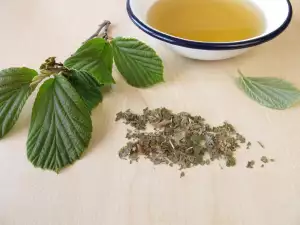
Benefits of cinchona
The main therapeutic effect of quinine is expressed as inhibition of Thermostatic expansion centers, which are located in the brain, and thus lowers the temperature in fever caused by malaria or other reasons.
Quinine reduces the excitability of the heart muscle, but the main and most important action is its anti-malarial properties. So Cinchona is highly respected in the tropics.
Quinine is actually a cytoplasmic poison, but is quickly eliminated by the body after it has carried out the precious healing effect. Some of its components have a local-anesthetic effect /reduce or eliminate the pain/, while causing expansion of peripheral blood vessels. form of tablets, more frequently, as a solution, and powders, as the solution can be administered by injection, if needed.
Quinine water nourishes the roots of the hair, while stimulating the growth of strong and healthy hair. After washing, quinine water, rubbed into the base of the hair, then washing is not necessary.
Different drugs that are derived from the bark of Cinchona made a revolution in the fight against malaria, which has plagued all warm and moist areas of the earth.
1 tablespoon the herb is boiled in 600 ml of water for about 15 minutes. Drink 1 tablespoon three times a day before meals. You can sweeten the potion with a little honey.
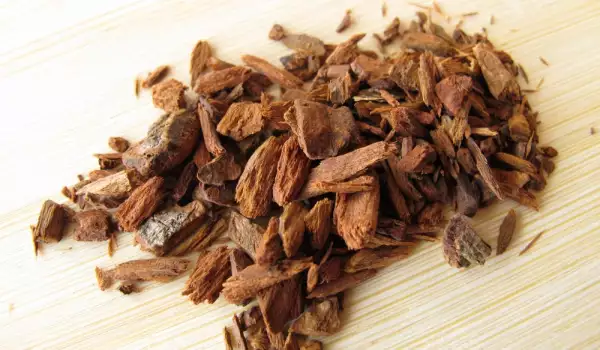
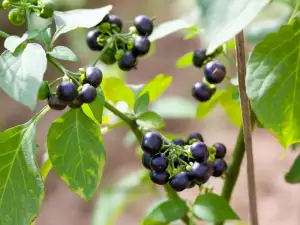
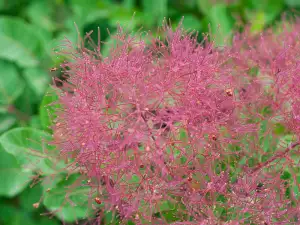


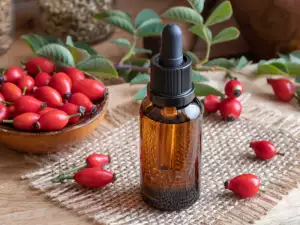


Comments